MedicalAlertBuyersGuide.org is an independent review site. We may earn compensation from the providers below. Learn More
Apple Watch Medical Alert Review: 3 Good Reasons Not To Buy
by Jensen Wong | updated 3/24/2020
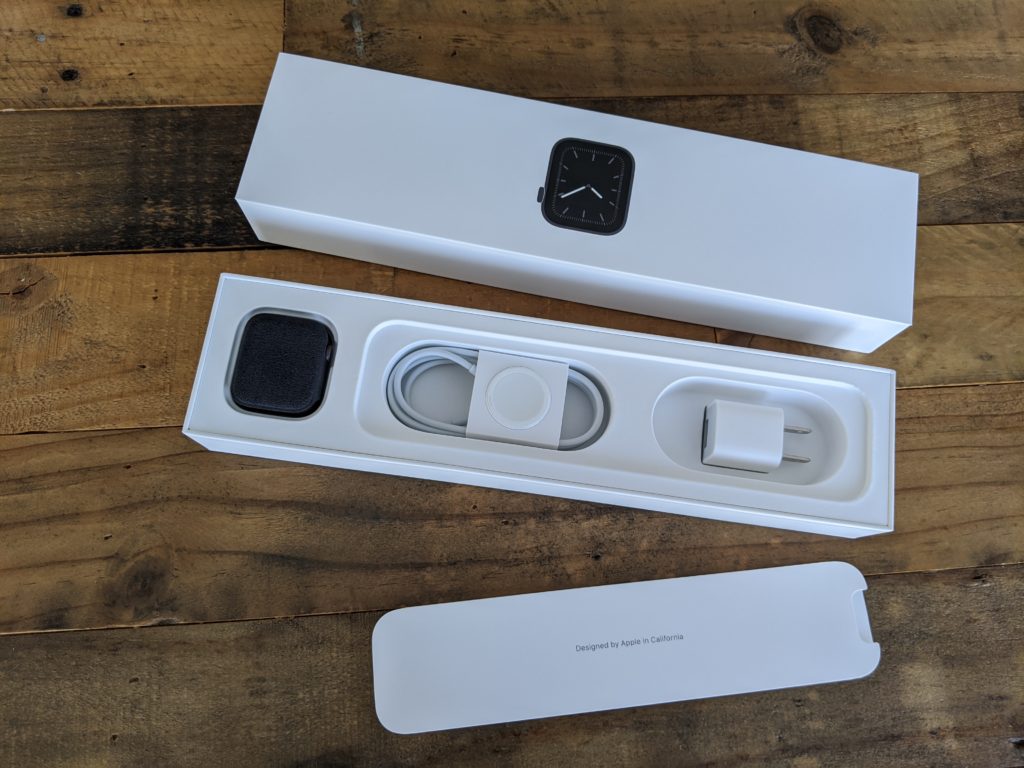
The Apple Watch first launched in 2015 as a smartwatch geared towards fitness enthusiasts. Now in its ninth iteration, the watch has grown to include a host of new features. This review will focus on the medical alert and automatic fall detection functions of the 40mm Apple Watch Series 5.
Design and Setup
There’s no denying that the Apple Watch is a sleek piece of technology. Staying true to Apple’s reputation, the device is meticulously crafted, justifying its premium price tag. The materials used are both aesthetically pleasing and smooth to the touch. The casing is made from high-quality aluminum, and the graphics on the display are incredibly sharp, further enhanced by the glass overlay.
Setting up the device is incredibly straightforward, as is typical with Apple products. The setup process is as simple as snapping a photo of the watch screen with your iPhone and following the on-screen instructions.
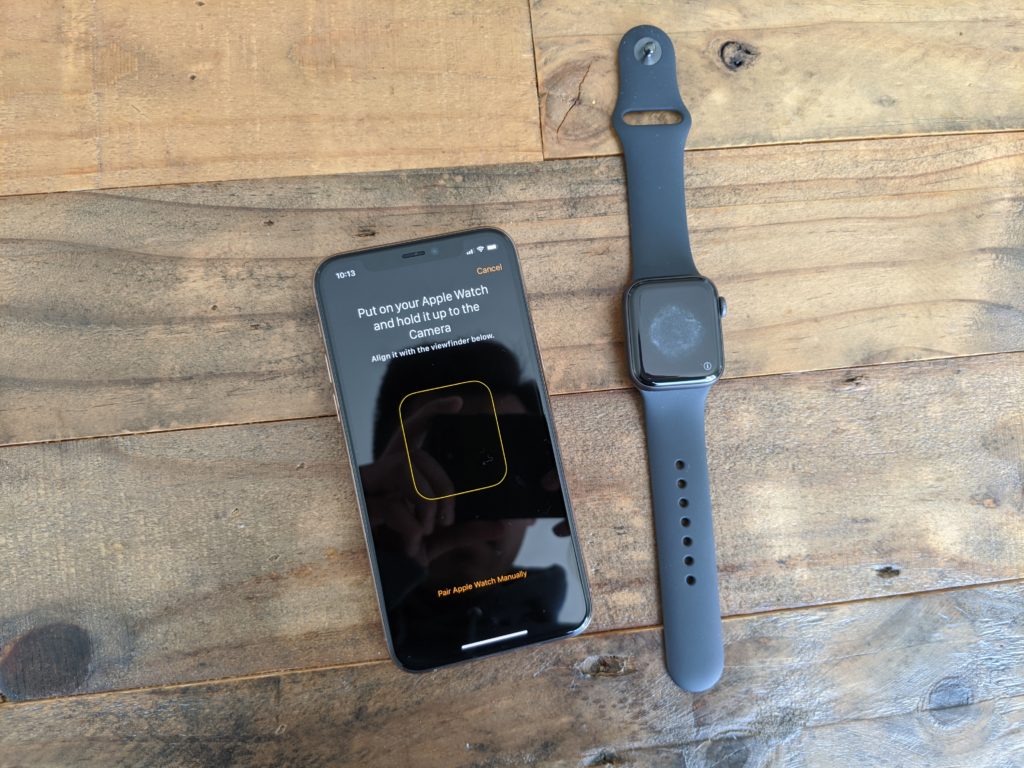
As a medical alert device, the Apple Watch stands out because it doesn’t carry the stigma that traditional medical alert systems might. If you or a loved one dislikes the idea of wearing a visible help button, the Apple Watch offers a stylish and comfortable alternative.
Battery Life Considerations
Although the Apple Watch has many advantages, battery life remains a critical consideration for any smart device. During our month-long trial, the Apple Watch typically lasted around 16 hours on a full charge.
However, managing two devices means dealing with two separate battery lives. The effectiveness of the Apple Watch as a medical alert system is significantly reduced if the accompanying iPhone runs out of battery. Seniors who struggle with memory issues or are resistant to changes in routine might find it challenging to remember to charge both devices regularly.
Customization Options
Apple Watches are known for their high degree of customization, offering a wide range of interchangeable bands and cases to match any user’s style. Options range from unique designs and bright colors to classic metal finishes, making the Apple Watch an attractive option as a medical alert device.
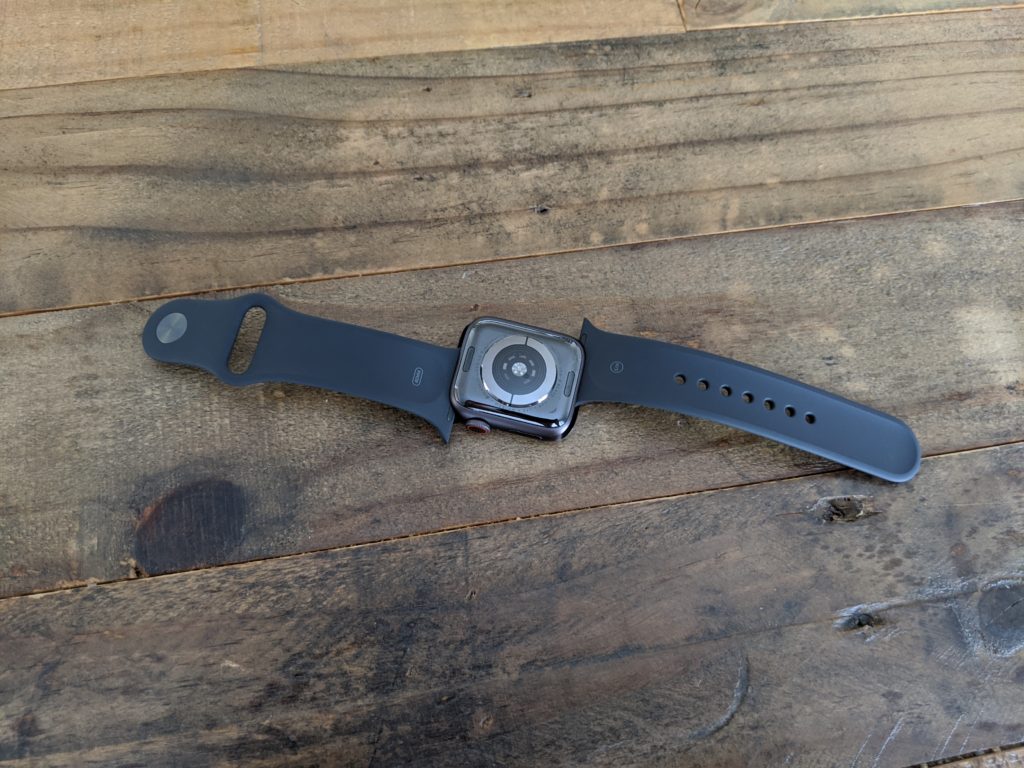
Monitoring Capabilities
While the Apple Watch includes fall detection and an emergency SOS feature, similar to traditional medical alert systems, it does not connect to a 24/7 monitored call center. This limits its effectiveness as a dedicated medical alert system. This is why we generally advise against using non-monitored devices for this purpose.
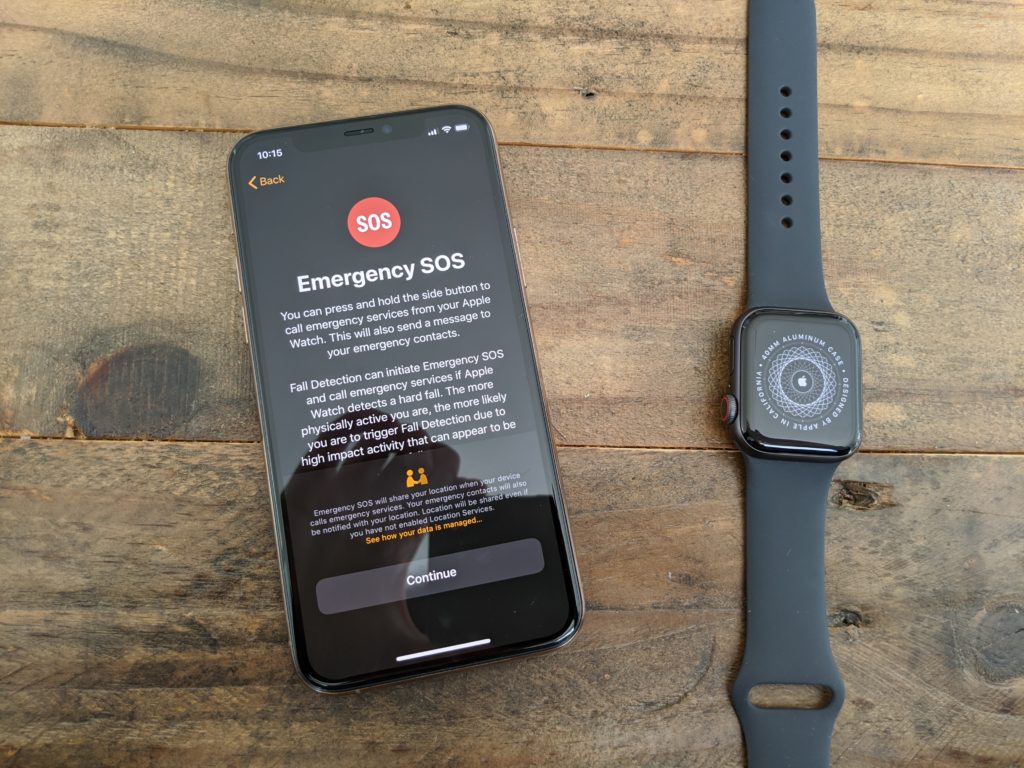
Currently, the SOS feature on the Apple Watch contacts 911 directly and sends notifications to your emergency contacts.
Fall Detection Accuracy
The Apple Watch includes a fall detection sensor, but Apple acknowledges that it isn’t foolproof and may trigger false alarms. The sensor must be manually activated during setup, and you must agree to the terms before fall detection is enabled.
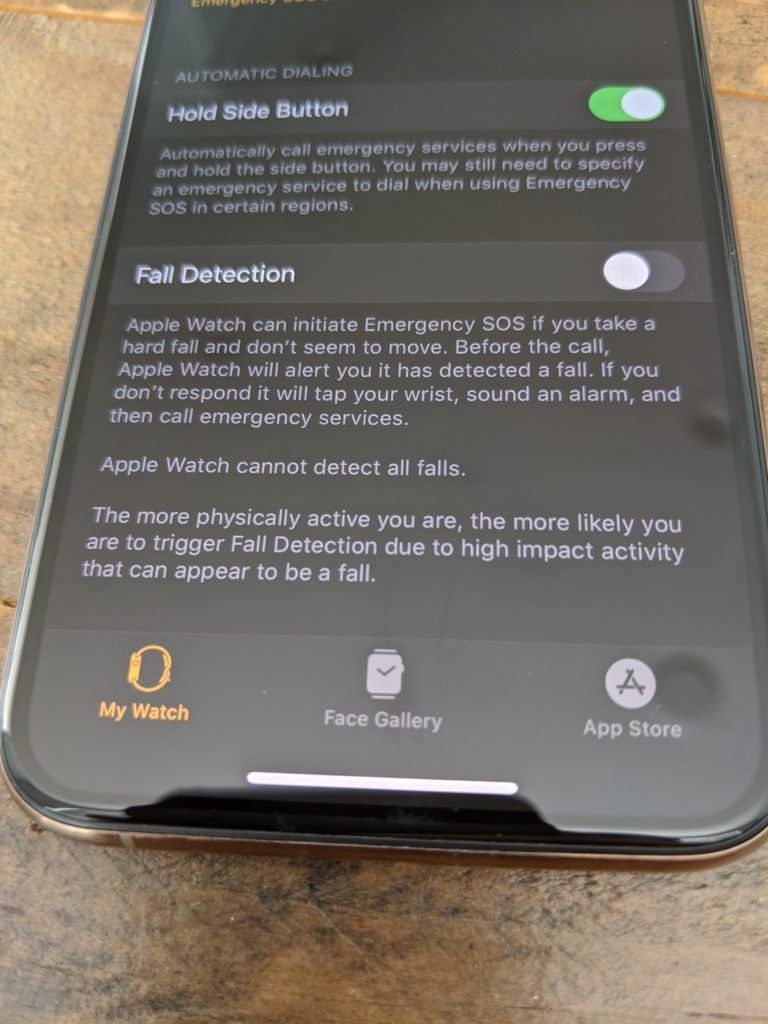
During our month of testing, we encountered several false positives triggered by everyday activities. Because the watch is worn on the wrist, movements such as washing dishes, steering a car, or picking up a remote control can set off the fall detection sensor.
Despite Apple’s extensive resources and research, we would still recommend caution when using this feature, as it wasn’t accurate enough to earn our full endorsement.
Cost Analysis
Having reviewed the medical alert industry extensively, we understand that affordability is a key factor in the purchasing decision.
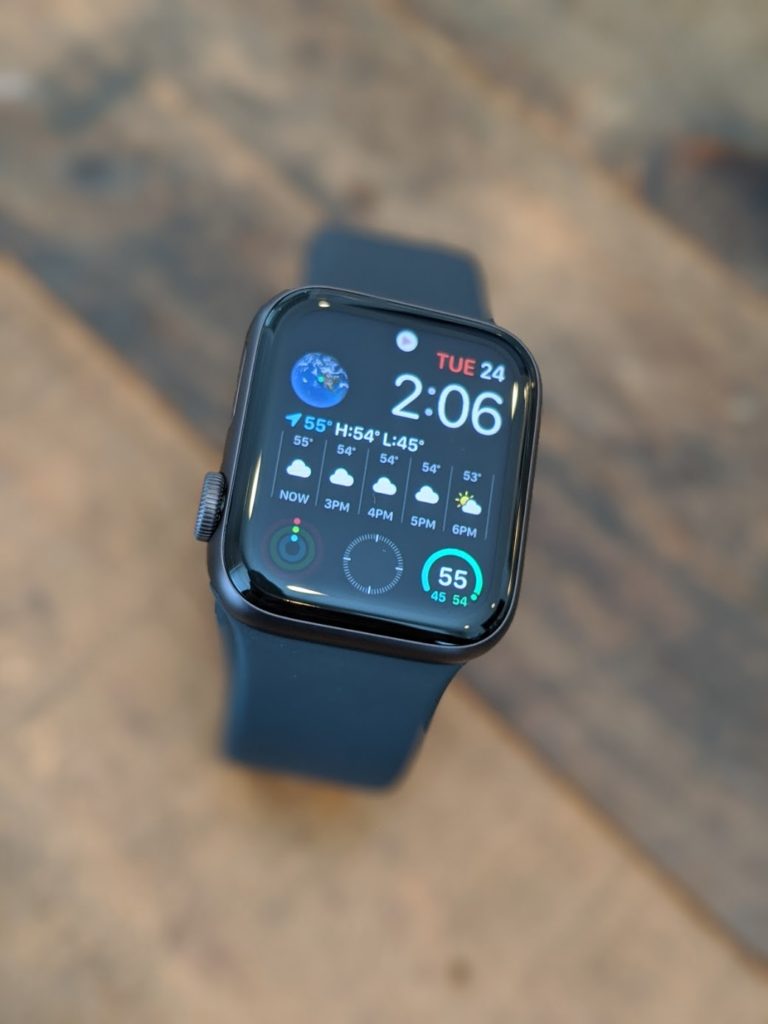
Using an Apple Watch solely as a medical alert device is a costly proposition compared to traditional systems. To use the Apple Watch as a medical alert, you must also own an iPhone, and both devices come with monthly service fees. For some, the cost of maintaining two devices may be unrealistic unless they already own them.
Here’s a rough estimate of the costs:
- New Apple iPhone: $799 – $1299
- New Apple Watch: $399 – $799
- iPhone service plan: from $39.50/month
- Watch service plan: from $10/month + activation fees
The costs can add up quickly. While we appreciate Apple products, if you’re considering getting an Apple Watch for a parent or grandparent solely for the SOS and fall detection features, and it doesn’t include 24/7 live monitoring, we’d recommend looking into traditional medical alert systems instead.
| Pros | Cons |
|---|---|
| ✓ The Apple brand | ✗ High cost |
| ✓ Intuitive design | ✗ Requires an iPhone |
| ✓ Customizable styles and colors | ✗ No live monitoring |
Final Thoughts
Apple is well-known for its strong reputation and brand recognition as a premium smartphone provider. Apple products consistently receive high marks for quality, durability, and user-friendliness. The Apple App Store also maintains high standards for the apps it allows. Apple continues to innovate and release new products to stay at the forefront of smartphone technology.
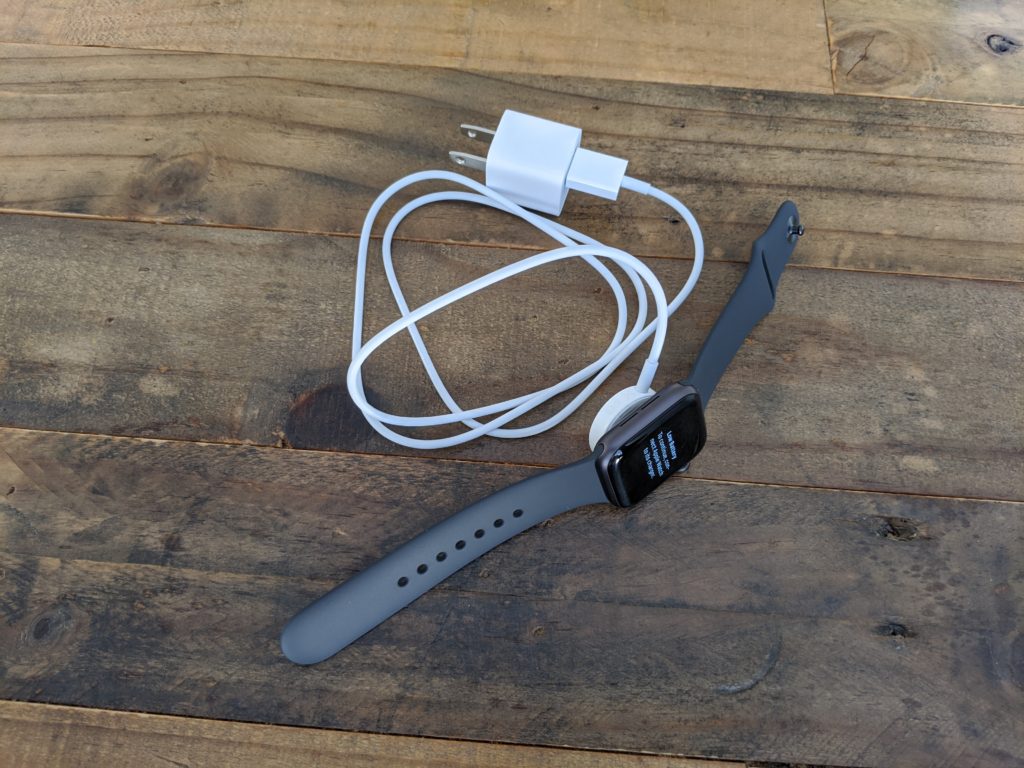
Currently, while the built-in fall detection calls emergency services automatically after a minute of no user response, there is the FallCall third-party app that offers additional features:
FallCall Detect
- Offers “Smart” fall detection that can differentiate fall severity
- Includes 24/7 monitoring services and can contact a user’s Care Group
- Integrates with Apple Crash Detection (for iPhone 14 and later)
- Compatible with connected jewelry pendants
FallCall Lite
- Does not detect falls on its own but can connect to a Talius Fall Detection Pendant
- Offers 24/7 emergency call center access
- Provides Emergency Kwik-Unlock feature for Kwikset Halo locks.
While the Apple Watch can function as a medical alert device, it has several drawbacks in this role. The combined monthly fees for an iPhone and Apple Watch can be a financial burden for many, especially if additional third-party monitoring services are required. Existing users of the iPhone and Apple Watch might find it worthwhile to use the watch as a medical alert device, but others should explore traditional medical alert alternatives first.


